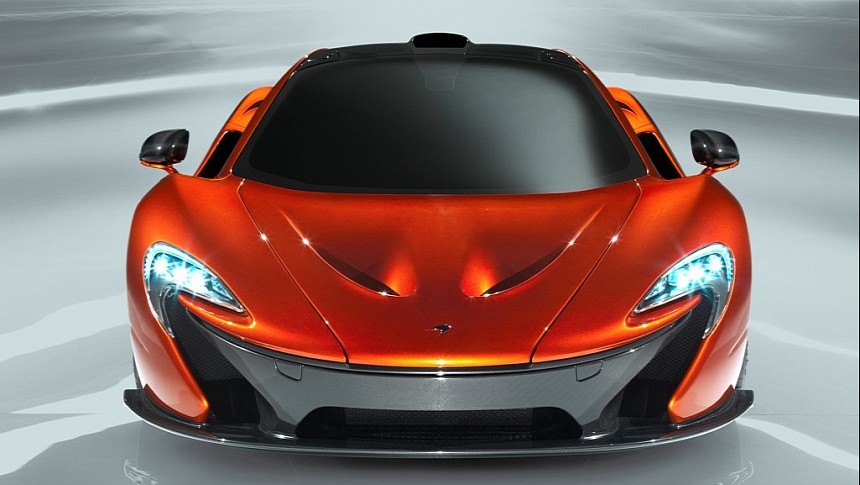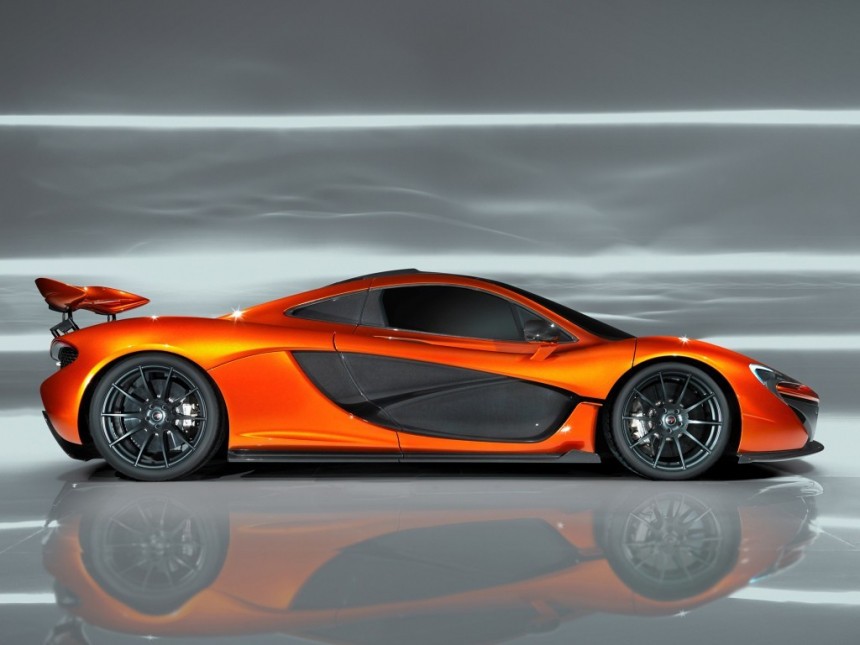For years on end, McLaren kept their ground. 'No electric car for us, thank you!' And then this came up: the hypercar manufacturer is reportedly working on an electric successor to the P1.
And it is not going to be electric just for the sake of the automotive trend. The McLaren CEo said that the EV must be comparable to the V8-powered 750S model (former 720S).
Set to launch toward the end of the decade, the P1 successor will be a full electric model, the first of such kind manufactured by the Brits. It would come around two decades after the launch of the P1, and there will obviously be a technological gap between the two of them.
McLaren will develop the electric powertrain alongside internal combustion engines and hybrid systems, with the latter making up 90% of the company’s sales in the next five years. The brand's CEO, Michael Letters, admits that there are reasons to worry when it comes to electric supercars, and number one is weight. He claims the firm is "not sure," according to Autocar. "We don’t want to make a car that is 2,000 kilograms and 2,000 horsepower - anybody can do that. That's not in the DNA of McLaren," he says.
By “anyone,” he probably refers to the Rimac's Nevera, rated at 1,888 horsepower (1,914 PS) or Evija from Lotus, coming with 1,973 horsepower (2,000 PS). Furthermore, Porsche is working on its Mission X electric hypercar, but has not yet released any performance detail.
Instead, McLaren intends to build a supercar that is comparable to the 750S V8-powered model. One thing is for sure. The electric supercar will have to outperform the ICEs in the company's lineup in terms of performance and maneuverability. That means that McLaren will have to come up with a powertrain that will keep the DNA of the brand making light and super fast cars. That translates into an innovative lightweight battery pack.
Michael Leiters says the company accepts the fact that times are changing, and they have to be ready for what is coming. But before the first-ever McLaren comes, the Woking-based carmaker is working on developing a new line of V8 hybrid sports cars. Earlier this year, they have confirmed the renewal of their partnership with engine supplier Ricardo to build the next-generation V8 engine, which will be integrated into a hybrid system.
That means that we might end up seeing a successor to the fastest, most aerodynamic, and most technological model that McLaren has ever built so far: the Speedtail. That one is powered by the 750S's retuned V8 engine working alongside an electric motor for a total system output of 1,036 horsepower (1,050 PS) and 848 lb-ft (1,150 Nm of torque.)
Set to launch toward the end of the decade, the P1 successor will be a full electric model, the first of such kind manufactured by the Brits. It would come around two decades after the launch of the P1, and there will obviously be a technological gap between the two of them.
McLaren will develop the electric powertrain alongside internal combustion engines and hybrid systems, with the latter making up 90% of the company’s sales in the next five years. The brand's CEO, Michael Letters, admits that there are reasons to worry when it comes to electric supercars, and number one is weight. He claims the firm is "not sure," according to Autocar. "We don’t want to make a car that is 2,000 kilograms and 2,000 horsepower - anybody can do that. That's not in the DNA of McLaren," he says.
By “anyone,” he probably refers to the Rimac's Nevera, rated at 1,888 horsepower (1,914 PS) or Evija from Lotus, coming with 1,973 horsepower (2,000 PS). Furthermore, Porsche is working on its Mission X electric hypercar, but has not yet released any performance detail.
Instead, McLaren intends to build a supercar that is comparable to the 750S V8-powered model. One thing is for sure. The electric supercar will have to outperform the ICEs in the company's lineup in terms of performance and maneuverability. That means that McLaren will have to come up with a powertrain that will keep the DNA of the brand making light and super fast cars. That translates into an innovative lightweight battery pack.
That means that we might end up seeing a successor to the fastest, most aerodynamic, and most technological model that McLaren has ever built so far: the Speedtail. That one is powered by the 750S's retuned V8 engine working alongside an electric motor for a total system output of 1,036 horsepower (1,050 PS) and 848 lb-ft (1,150 Nm of torque.)












